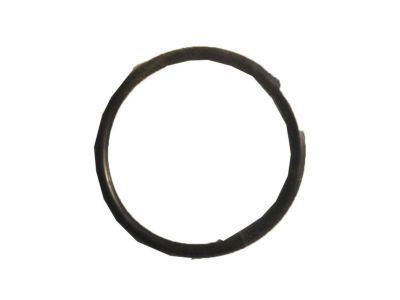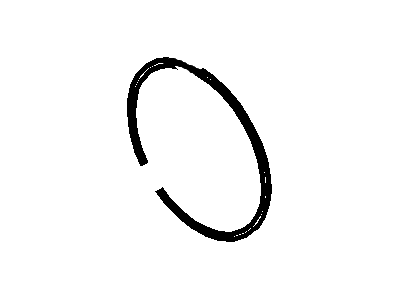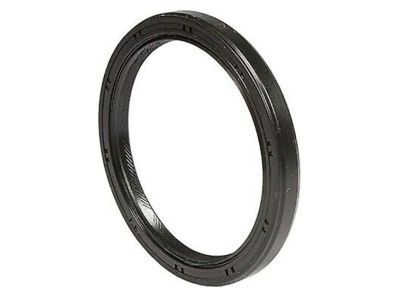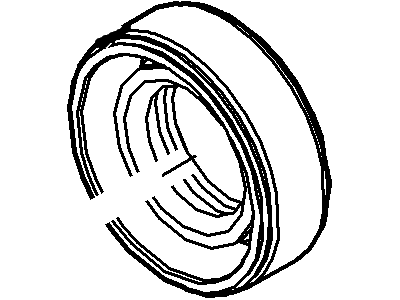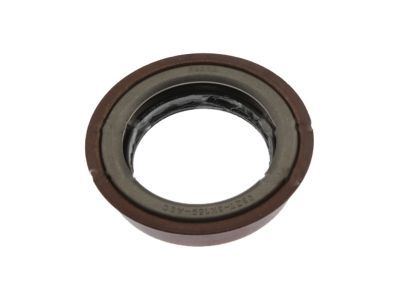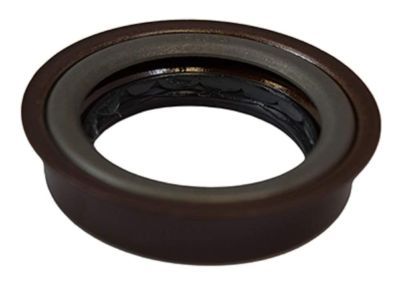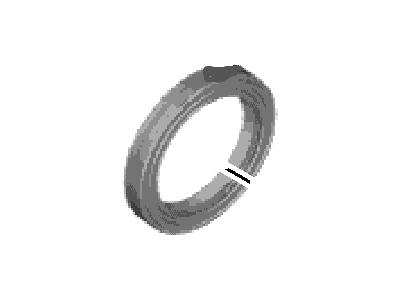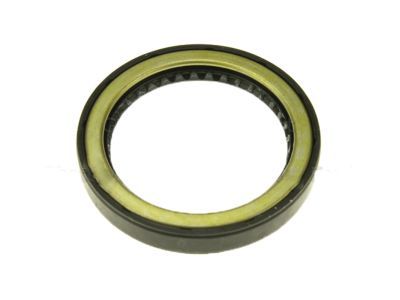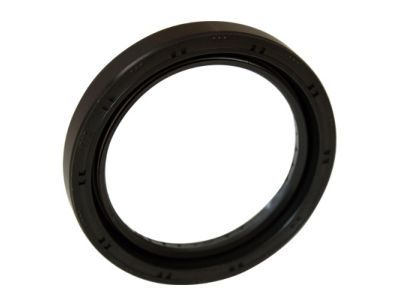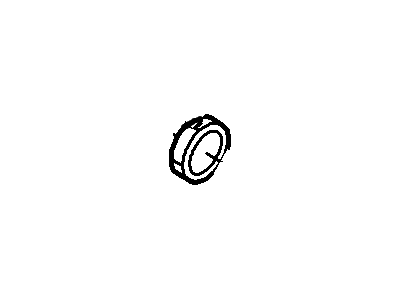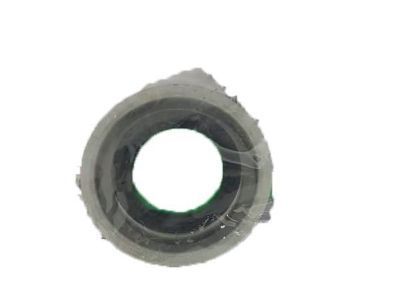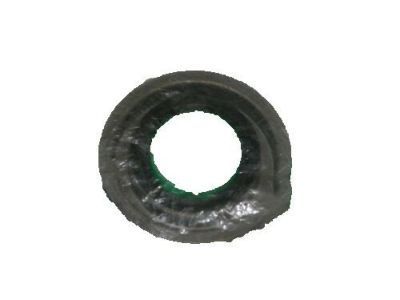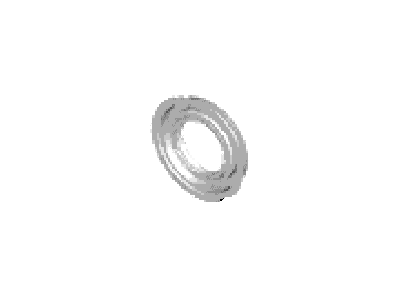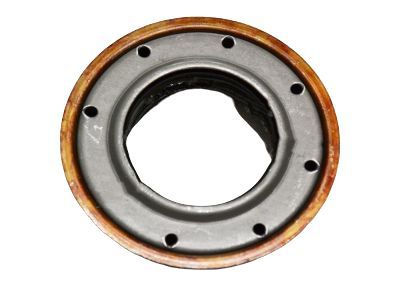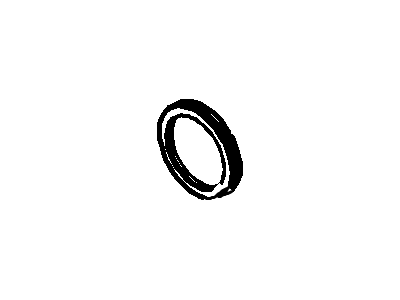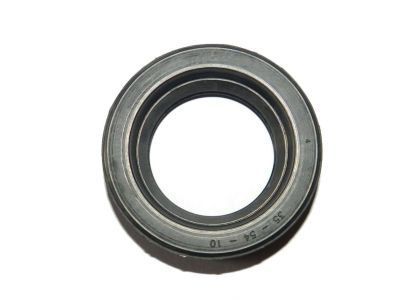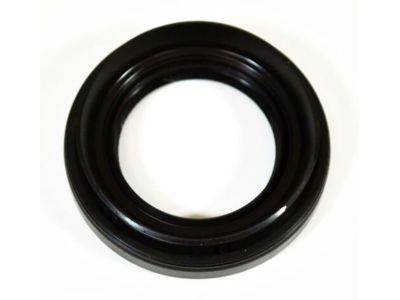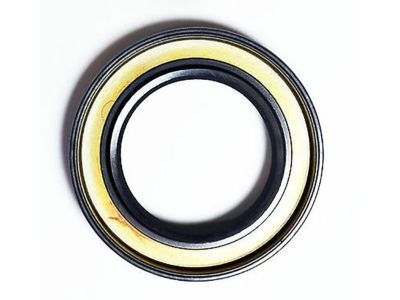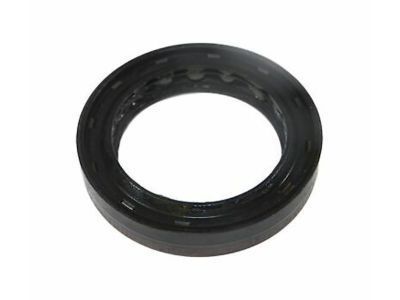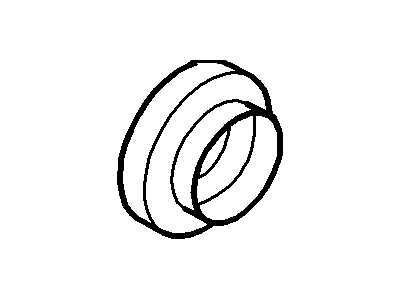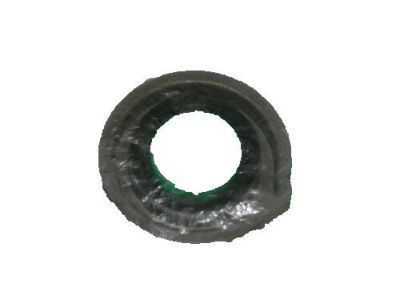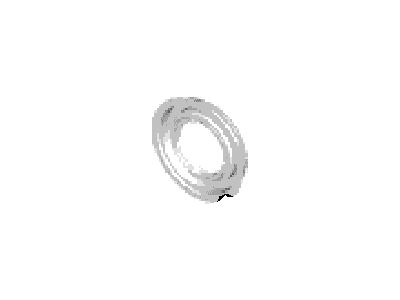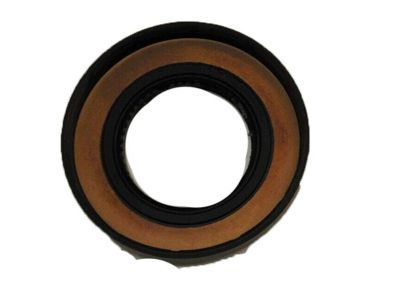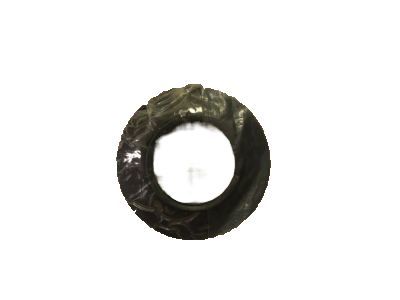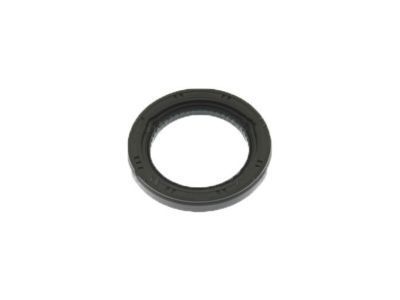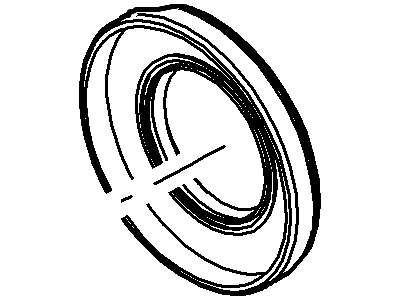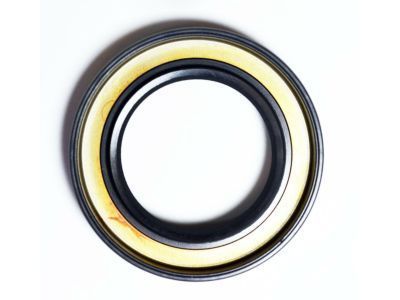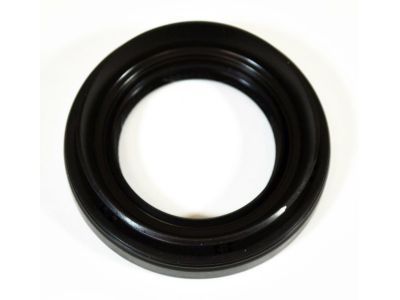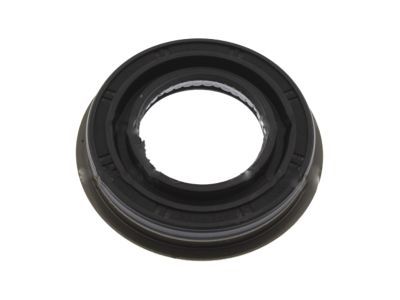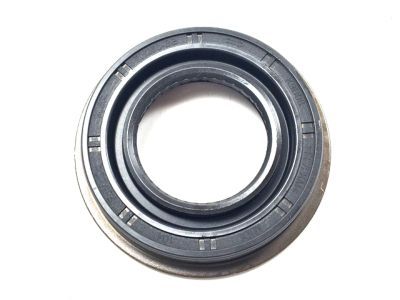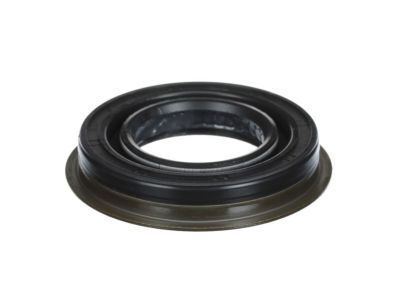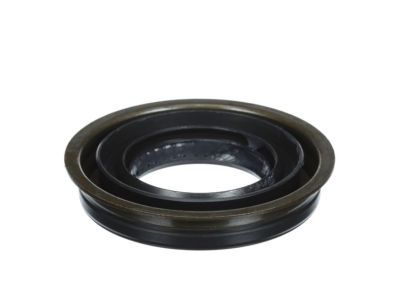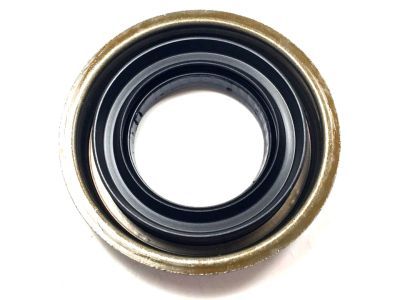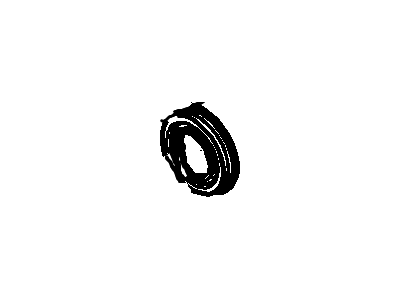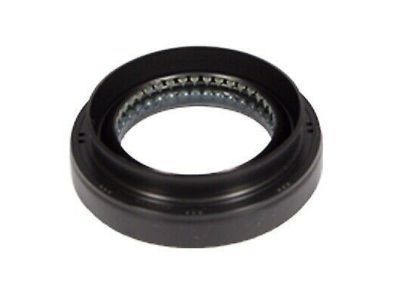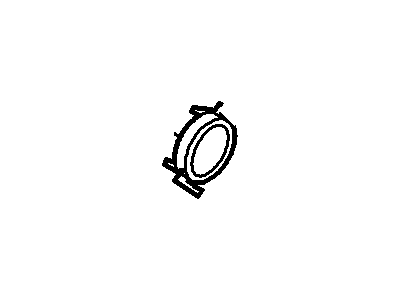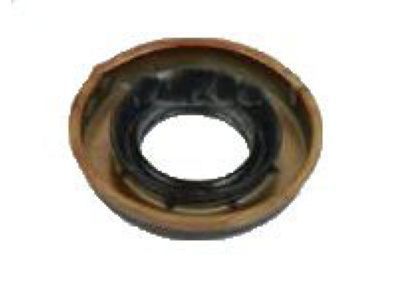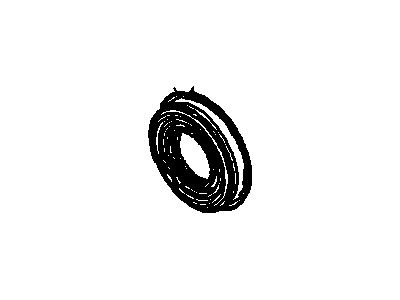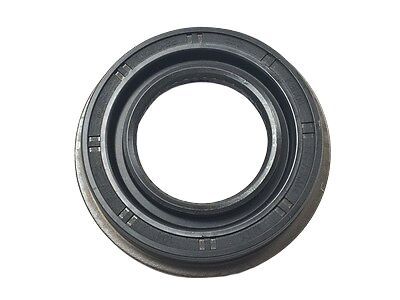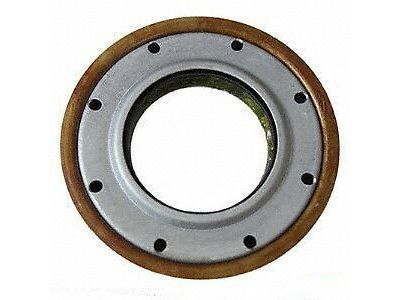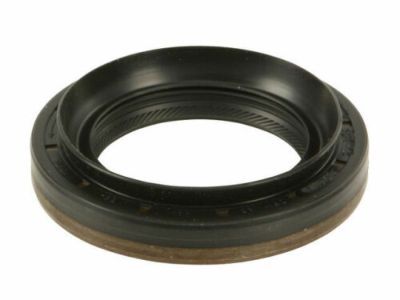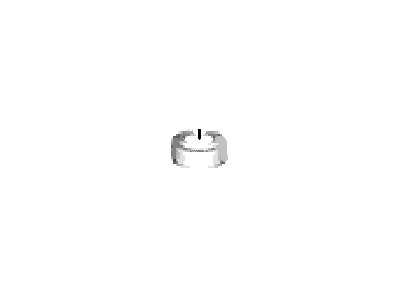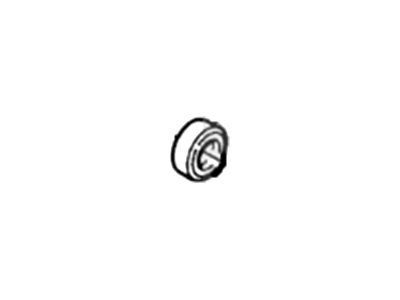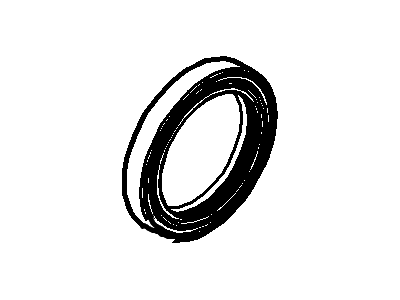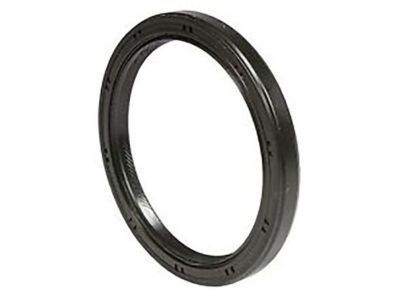

My Garage
My Account
Cart
Genuine Ford Fusion Transfer Case Seal
Transfer Case Output Shaft Seal- Select Vehicle by Model
- Select Vehicle by VIN
Select Vehicle by Model
orMake
Model
Year
Select Vehicle by VIN
For the most accurate results, select vehicle by your VIN (Vehicle Identification Number).
20 Transfer Case Seals found
Ford Fusion Seal
Part Number: 7E5Z-1177-E$13.73 MSRP: $18.75You Save: $5.02 (27%)Ships in 1-3 Business DaysFord Fusion Seal Assembly - Oil
Part Number: CV6Z-1S177-A$7.44 MSRP: $11.62You Save: $4.18 (36%)Ships in 1 Business DayFord Fusion Seal
Part Number: 5M6Z-1177-RA$18.72 MSRP: $26.67You Save: $7.95 (30%)Ships in 1-2 Business DaysFord Fusion Seal
Part Number: BB5Z-1S177-C$15.39 MSRP: $24.55You Save: $9.16 (38%)Ships in 1 Business DayFord Fusion Seal
Part Number: 9L8Z-1177-B$18.92 MSRP: $30.18You Save: $11.26 (38%)Ships in 1 Business DayFord Fusion Seal
Part Number: 6E5Z-1177-C$18.24 MSRP: $26.67You Save: $8.43 (32%)Ships in 1-3 Business DaysFord Fusion Seal
Part Number: BB5Z-1S177-A$15.39 MSRP: $24.55You Save: $9.16 (38%)Ships in 1 Business DayFord Fusion Seal
Part Number: 7E5Z-1177-D$18.24 MSRP: $26.67You Save: $8.43 (32%)Ships in 1-2 Business DaysFord Fusion Seal
Part Number: 7E5Z-1177-C$18.24 MSRP: $26.67You Save: $8.43 (32%)Ships in 1-3 Business DaysFord Fusion Seal
Part Number: 6E5Z-1177-E$18.24 MSRP: $26.67You Save: $8.43 (32%)Ships in 1-2 Business DaysFord Fusion Seal
Part Number: 9L8Z-1177-A$18.72 MSRP: $26.67You Save: $7.95 (30%)Ships in 1 Business DayFord Fusion Seal
Part Number: 5M6Z-1177-LA$15.80 MSRP: $22.50You Save: $6.70 (30%)Ships in 1-3 Business DaysFord Fusion Seal
Part Number: 7T4Z-1177-D$21.28 MSRP: $30.83You Save: $9.55 (31%)Ships in 1 Business DayFord Fusion Seal
Part Number: 9L8Z-1177-C$15.73 MSRP: $25.09You Save: $9.36 (38%)Ships in 1 Business DayFord Fusion Seal
Part Number: DT4Z-7F337-A$4.45 MSRP: $5.84You Save: $1.39 (24%)Ships in 1-3 Business DaysFord Fusion Seal Assembly - Oil
Part Number: F7CZ-7052-AA$13.73 MSRP: $18.75You Save: $5.02 (27%)Ships in 1-3 Business DaysFord Fusion Seal
Part Number: 6E5Z-1177-D$18.24 MSRP: $26.67You Save: $8.43 (32%)Ships in 1-3 Business Days
Ford Fusion Transfer Case Seal
We provide a wide range of Ford Fusion Transfer Case Seal at the best prices possible. If you need Ford Fusion Transfer Case Seal, you can shop with confidence on our website. All our OEM parts come with a manufacturer's warranty and are delivered to your door step with a fast delivery service.
Ford Fusion Transfer Case Seal Parts Questions & Experts Answers
- Q: How to remove and install the oil seal on Ford Fusion?A:Raise the vehicle and support it securely on jackstands, then drain the Transfer Case lubricant. Remove the driveshaft and mark the relative positions of the pinion, nut, and flange. Use a beam- or dial-type inch-pound torque wrench to determine the torque required to rotate the pinion with the vehicle in Neutral, and record it for later use. Count the number of threads visible between the end of the nut and the end of the pinion shaft, and record that as well. Remove the flange mounting nut using a two-pin spanner to hold the pinion flange while loosening the locknut, then take off the companion flange using a puller that can attach to the flange's driveshaft bolt holes. Pry out the seal with a screwdriver or seal removal tool without damaging the seal bore, then remove the seal deflector and use a seal-puller to take out the pinion seal. With the seal removed, take out the collapsible bearing spacer and install a new one. Lubricate the lips of the new seal with multi-purpose grease and tap it evenly into position with a seal installation tool or a large socket, ensuring it enters the housing squarely and is tapped in to its full depth. Align the mating marks made before disassembly and install the companion flange, tightening the pinion nut if necessary to draw the flange into place. Carefully tighten the new nut until the original number of threads are exposed and the marks are aligned, then measure the torque required to rotate the pinion, tightening the nut in small increments until it matches the figure. If the original torque reading is exceeded by more than three in-lbs, the assembly will need to be disassembled again to install a new collapsible spacer. Finally, connect the driveshaft, add the specified lubricant to the transfer case, and lower the vehicle, ensuring that all driveshaft flange and support bearing bolts are replaced with new fasteners.
Related Ford Fusion Parts
Browse by Year
2019 Transfer Case Seal 2018 Transfer Case Seal 2017 Transfer Case Seal 2016 Transfer Case Seal 2015 Transfer Case Seal 2014 Transfer Case Seal 2013 Transfer Case Seal 2012 Transfer Case Seal 2011 Transfer Case Seal 2010 Transfer Case Seal 2009 Transfer Case Seal 2008 Transfer Case Seal 2007 Transfer Case Seal 2006 Transfer Case Seal
